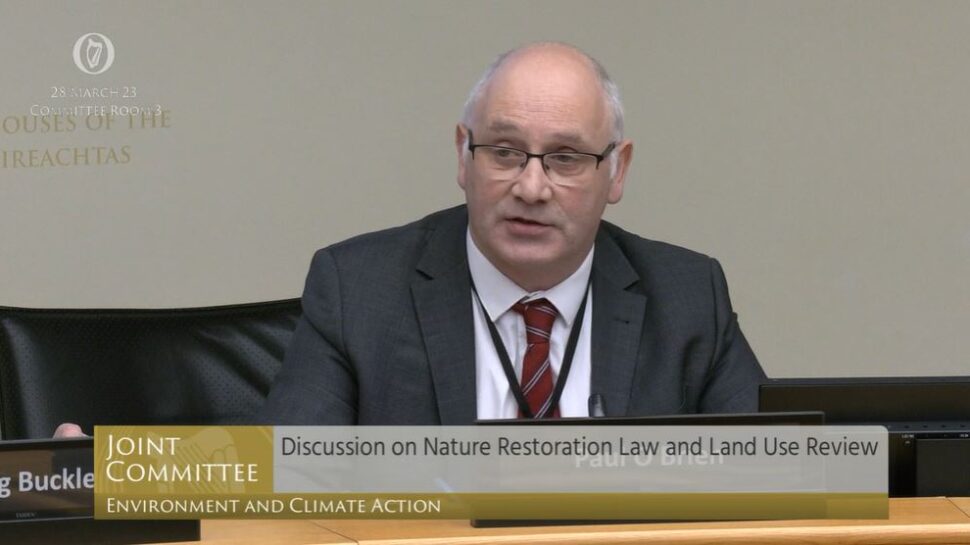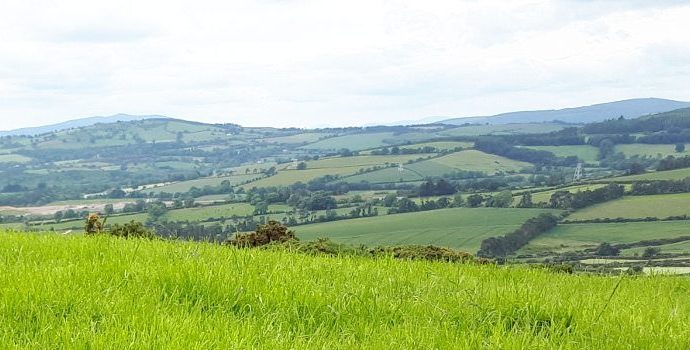Full Impact Assessment Needed for Proposed Nature Restoration Law

Addressing the Joint Oireachtas Committee Joint Oireachtas Committee on Environment and Climate Action on Nature Restoration Law and Land Use Review today, IFA National Environment Committee Chair Paul O’Brien said the proposed regulations must not have a detrimental effect on Irish agriculture and rural Ireland.
You can read Paul O’Brien’s full address here.
The proposed regulation allows for Ireland to include areas of peat extraction sites to achieve these targets, as well as drained peatlands under land uses other than agriculture such as forestry, up to a maximum of 20% of overall target.
“The regulation has the potential to remove significant areas of land from agricultural production. Ireland’s National Inventory Report 2022 estimates that there are 330,000 hectares of drained grassland on organic (peat) soils,” Paul O’Brien said.
Under the proposals the potential impact on drained agricultural would be to restore 100,000 hectares of this drained grassland by 2030 increasing to 231,000 hectares by 2050. This represents 7% of the utilisable agriculture area under grassland.
“The lack of clarity with regard to what is meant by “restore” or “satisfactory levels” as well as the potential impact on farmland and production is a source of serious concern for farmers and rural communities, particularly in the midlands and west, where this soil type is more prevalent,” he added.
The change in policies will have a direct impact on demand for land, which is currently being experienced through the Nitrates Action Programme and banding within dairying.
“This has had a disproportionate impact on the more financially vulnerable sectors, such as tillage, as they cannot compete and justify paying the higher rental prices. This is contrary to Government policy under the Climate Action Plan which proposes to increase the area under tillage,” Paul O’Brien said.
The IFA National Environment Committee Chair also called for the Government to carry out a full economic impact assessment in order to measure the far-reaching consequences for Irish agriculture.
“It is vital a full impact assessment is undertaken to quantify the area of farmland that will be affected to ensure the proposed targets are realistic and fair and are not detrimental to the continuity of farming in Ireland. This will provide an estimation of the economic impact and social burden of the restoration measures, as well as the cost of compliance,” Paul O’Brien said.




